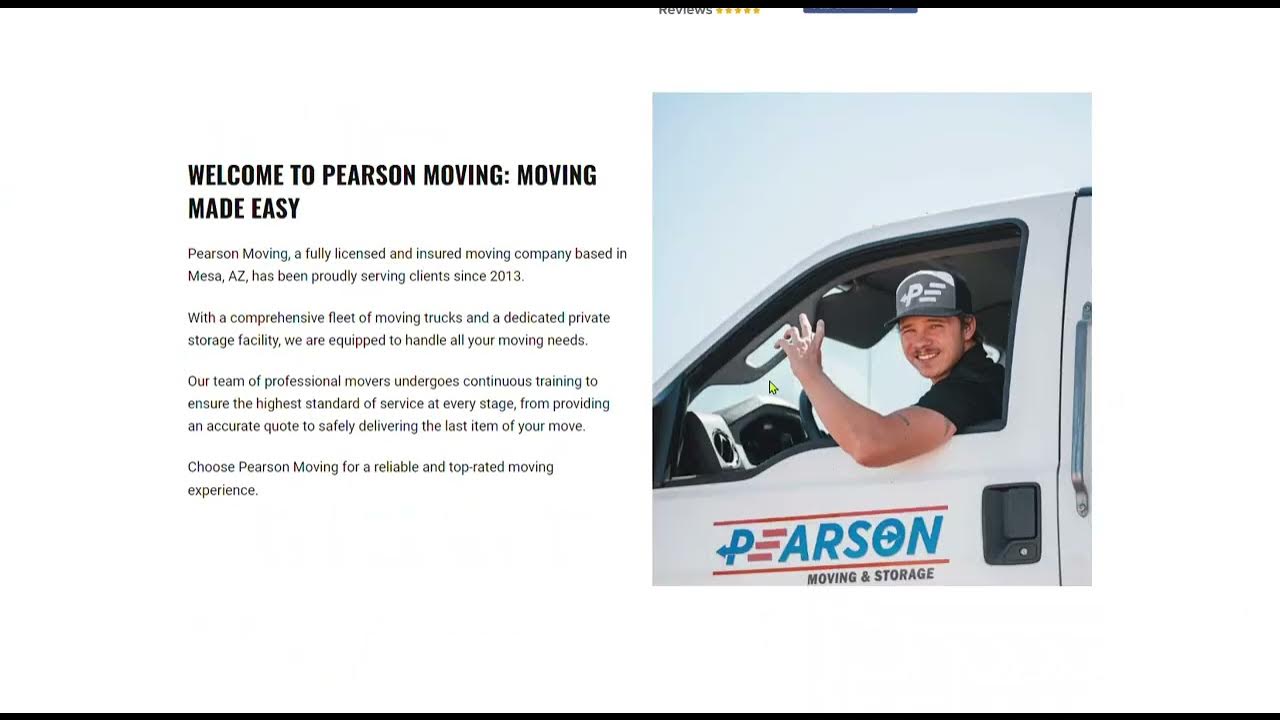On-Page SEO: How to Use Internal Links For Google SEO
Summary
TLDRThe speaker discusses how significant SEO improvements were achieved through internal linking, homepage branding, and optimizing key elements like A-tags and product pages. They emphasize that these results were achieved without paid traffic or manipulation. Key changes included branding the homepage, enhancing internal link flow, and removing irrelevant pages to focus on pages that generate revenue. The strategy involved keyword optimization in headings, sidebars, and footers to boost Google's recognition of important pages, ultimately driving traffic and improving search rankings for the business.
Takeaways
- 🔗 Emphasis on internal linking: Effective internal linking, especially through 'a' tags, played a key role in driving traffic and optimizing the website.
- 🏷️ Branded homepage optimization: The homepage was optimized by tuning the headings for the brand, improving how it was perceived by Google.
- 🗑️ Removing deadwood: Pages that were not generating traffic or revenue, such as outdated or non-performing product pages, were removed to boost site performance.
- 🌐 A tag optimization: The team optimized 'a' tags using primary keywords and keyword variations to guide link flow to revenue-generating pages.
- 🚫 Addressing competing product pages: 78 product pages that competed with each other were either updated or consolidated to avoid confusion and improve focus.
- 🛠️ Focus on commercial intent: Internal links and sidebar links were pointed toward high commercial intent pages that drive revenue, rather than informational content.
- 🔄 Sitemap and page structure update: The sitemap was updated, and pages were restructured to support the main product offerings, like lighthouses.
- 💡 Top-level pages created: New top-level pages were created to replace old product pages, focusing on products that aligned with the main brand.
- 📝 Keyword variation usage: Variations of primary terms (like 'ornament' vs 'ornaments') were used strategically across the website to optimize for search.
- 📈 Results in a short time: The optimizations led to significant gains in traffic and performance in less than a month, without the need for paid traffic.
Q & A
What was the main optimization performed in the website mentioned in the script?
-The main optimization involved internal linking on the homepage, tuning headings for brand emphasis, and optimizing a-tags for primary keywords.
What impact did the internal linking have on the website’s performance?
-Internal linking helped guide Google's bots to the most important pages, improving visibility and driving traffic to pages that generate revenue for the business.
What does 'heading tuning for brand' mean in the context of this website's optimization?
-Heading tuning for brand refers to optimizing the website’s headings to focus on the brand name, emphasizing 'Lighthouse Man' throughout the homepage to strengthen brand identity in search results.
What is the significance of optimizing a-tags for internal linking?
-Optimizing a-tags ensures that internal links contain primary and variant keywords, helping guide Google’s bots to recognize and prioritize high-value pages, thus improving search rankings.
Why was it necessary to remove certain product pages during the optimization?
-Product pages that were receiving zero traffic or contributing no revenue were considered 'deadwood' and removed to ensure Google only crawls and indexes pages that generate business value.
What was the role of sitemap updates in the optimization process?
-Updating the sitemap was necessary to reflect the changes made to the website, ensuring Googlebot crawls and indexes the most relevant and optimized pages.
How did the use of variations in key terms help with page optimization?
-Using variations of primary keywords, like 'ornaments' or 'decor,' helped cover a broader range of search terms while improving page relevance for different search queries related to the business.
Why did the optimizer emphasize linking to 'pages that make dollars'?
-The focus was on linking to high-commercial-intent pages to drive conversions and revenue, rather than linking to informational content that may not directly lead to sales.
What is the significance of adjusting the header, footer, and sidebar for internal link optimization?
-Optimizing the header, footer, and sidebar ensured that the most important pages (those driving revenue) were prominently linked, thus enhancing internal link flow and improving search engine rankings.
What was the outcome of these website optimizations in terms of performance improvement?
-The optimizations resulted in significant traffic gains within a short period of time, without relying on paid traffic or manipulative tactics, demonstrating the effectiveness of good internal linking and content optimization.
Outlines

Этот раздел доступен только подписчикам платных тарифов. Пожалуйста, перейдите на платный тариф для доступа.
Перейти на платный тарифMindmap

Этот раздел доступен только подписчикам платных тарифов. Пожалуйста, перейдите на платный тариф для доступа.
Перейти на платный тарифKeywords

Этот раздел доступен только подписчикам платных тарифов. Пожалуйста, перейдите на платный тариф для доступа.
Перейти на платный тарифHighlights

Этот раздел доступен только подписчикам платных тарифов. Пожалуйста, перейдите на платный тариф для доступа.
Перейти на платный тарифTranscripts

Этот раздел доступен только подписчикам платных тарифов. Пожалуйста, перейдите на платный тариф для доступа.
Перейти на платный тарифПосмотреть больше похожих видео

Mau Live Shopee Ramai ? Harus Paham Sumber Trafic ini di Shopee

How to do On-Page SEO of Category Pages in Ecommerce Website | SEO Course | #77

PearsonMoving Mesa AZ SEO Audit

Shopify SEO Optimisation Guide for Beginners in 2025 (Step-By-Step)

BOOST Your Video's Visibility with SEO Enhanced Landing Pages!

Get 10x More Website Traffic with This Free SEO Technique
5.0 / 5 (0 votes)
